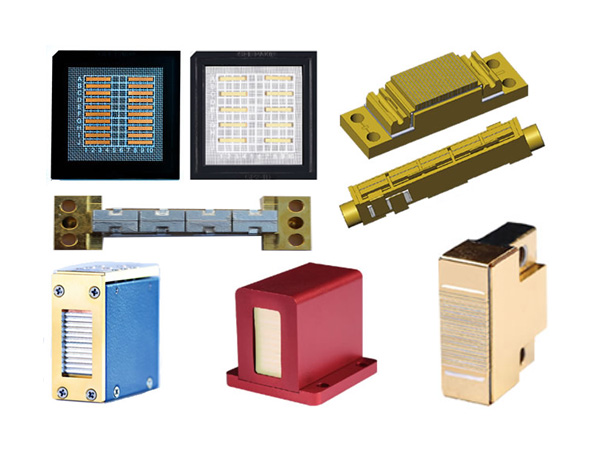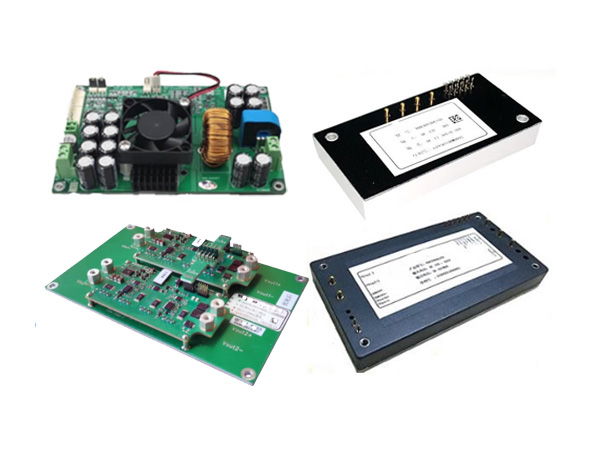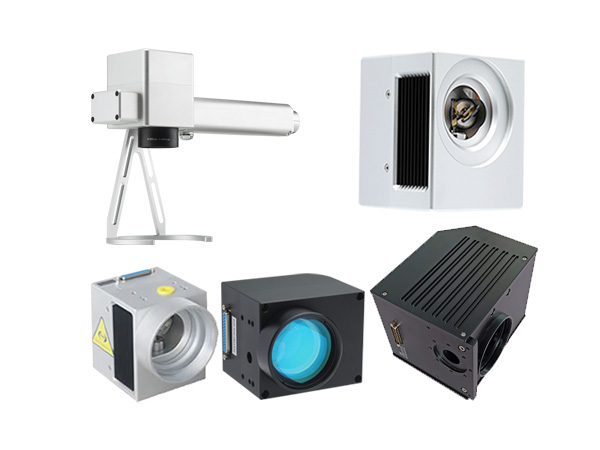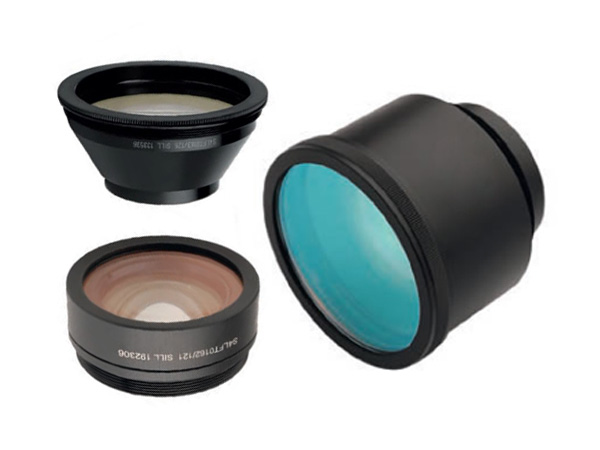Fiber Lasers in Laser Machines
Laser machines are widely used in many downstream industries such as material processing, electronic information, aerospace, medical, military weapons, and communication. The emergence and promotion of laser processing technology have changed the production and processing mode of traditional industries such as automobiles, machinery, and consumer electronics, providing support for the implementation of new energy technologies such as photovoltaic cells and lithium batteries.
A typical laser is composed of laser working material (that emits energy), pump source (that enhances energy), optical resonant cavity (that transmits energy), and other parts. The pump source is the light source of the laser, and the resonant cavity is the pathway between the pump source and the gain medium. The gain medium refers to the working material that can amplify light.
In recent years, the output power of fiber lasers has grown rapidly, and significant breakthroughs have been made in the research of key technologies for high-power fiber lasers. Among gain fibers, there are doped fibers of various new structural designs, such as double clad fibers, photonic crystal fibers, etc. The pump coupling technology realizes various coupling methods such as end face and side pumping. Laser mode control technology resolves the conflict between the beam quality and output power of high-power fiber lasers. The research on fiber laser beam combination technology has also achieved many results.
Fiber lasers have many advantages, such as good output laser beam quality, high energy density, high electro-optical efficiency, convenient use, wide range of machinable materials, and low overall operating cost. Therefore, it is widely used in material processing fields such as carving, marking, cutting, drilling, cladding, welding, surface treatment, rapid prototyping, and is called "the third-generation laser".
Fiber lasers have many remarkable advantages, such as the waveguide structure being the same as the transmission fiber, making it easy to integrate and couple with the transmission fiber; The matrix material has good heat dissipation characteristics and thermal stability; Compared with traditional solid-state lasers, fiber lasers have lower losses, lower thresholds, higher efficiency, and are easy to achieve compact structural designs.
Lasers are a midstream link in the industrial chain. The main upstream raw materials are optical materials, optical devices, etc. Chips, active optical fibers, and other optical materials account for a relatively high proportion of the raw material cost. Their costs have a significant impact on the production cost of lasers. The midstream includes various lasers and supporting equipment. The application market of downstream laser processing equipment is very extensive, and it has penetrated into many fields such as consumer electronics, high-end materials, semiconductor processing, automobiles, ships, communication, medical beauty, military, etc.
 English
English Français
Français Deutsch
Deutsch euskara
euskara Русский язык
Русский язык Italiano
Italiano Português
Português Nederlands
Nederlands Polski
Polski Greek
Greek Lietuva
Lietuva Türkçe
Türkçe 日本語
日本語 한어
한어 中文
中文 தாமில்
தாமில் فارسی
فارسی हिंदी
हिंदी Tiếng Việt
Tiếng Việt ภาษาไทย
ภาษาไทย Pilipino
Pilipino Indonesia
Indonesia தாமில்
தாமில்





